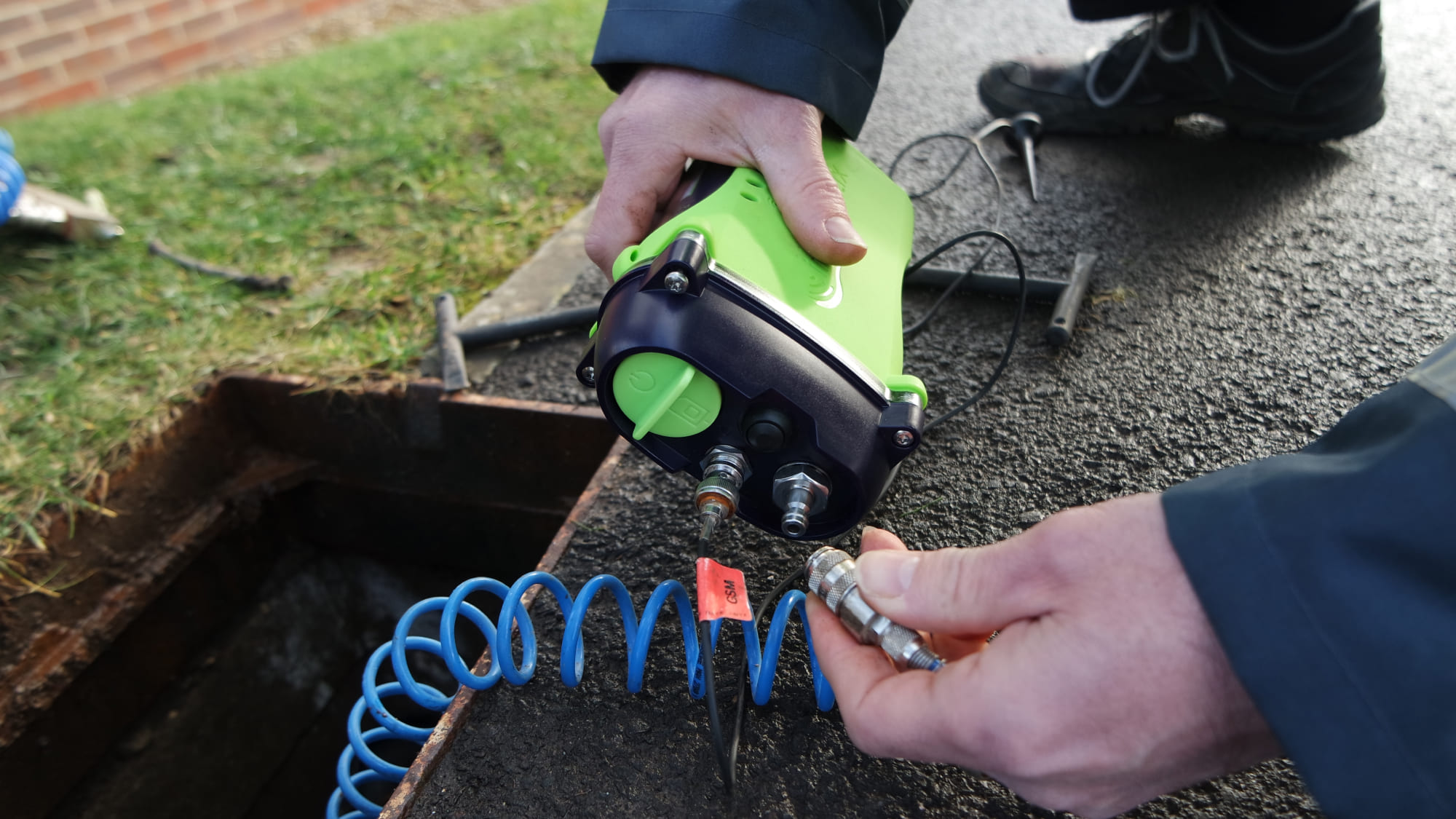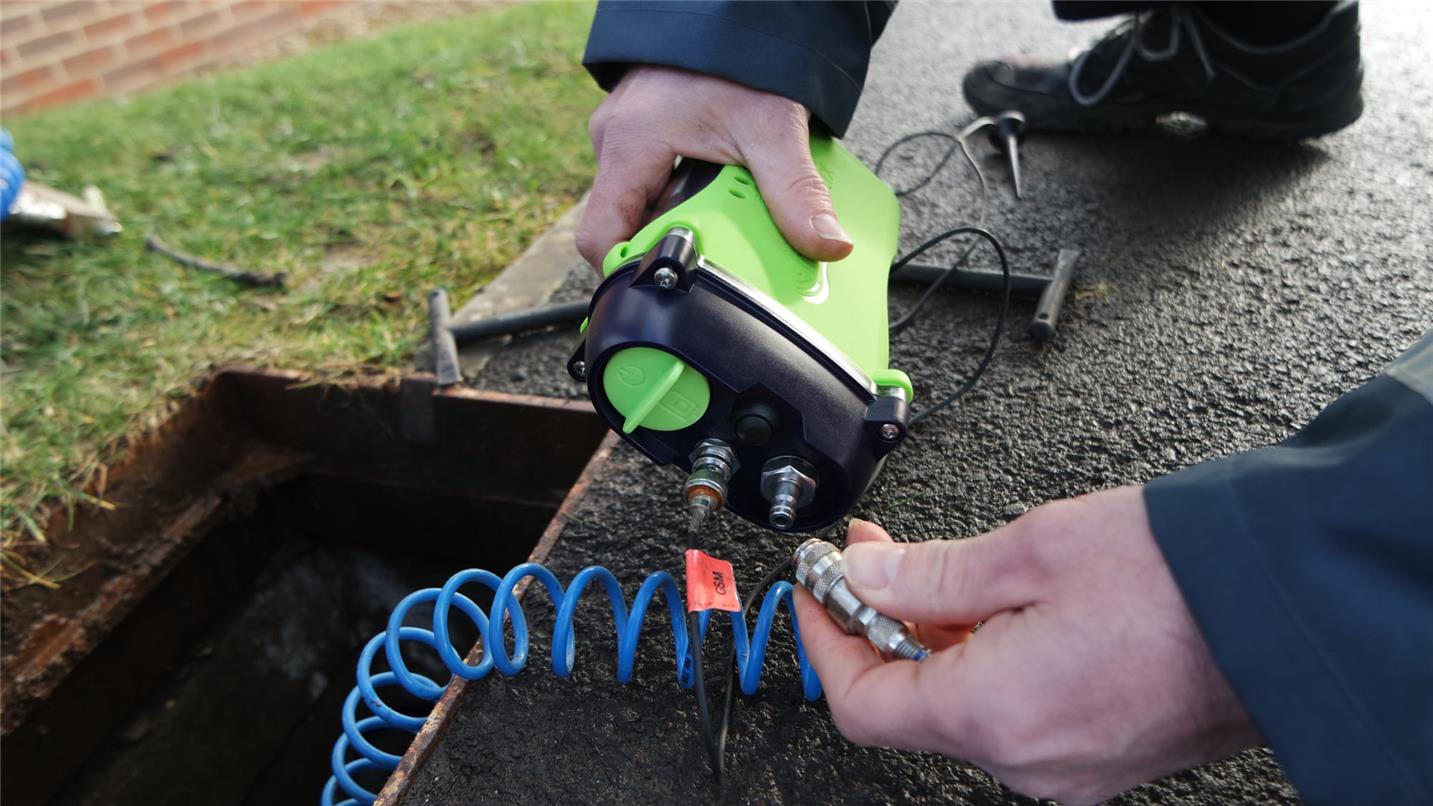The issue
This was to be achieved through a combination of advanced monitoring and actuation (pressure/flow/time) coupled with detailed hydraulic analysis.
Inflowmatix were awarded the contract to use their InflowSense™ ‘Edge’ high-frequency devices for the necessary spatial coverage in conjunction with Cla-Val and their D12 Pressure Management Controller.
The 5-month study focused on the Hoo Ash network area with a total pipeline length of 20 km and included a mix of domestic and industrial consumers.
The solution
Installing multiple InflowSense™ ‘Edge’ devices enabled the geo-spatial coverage of the area to elicit the required high-frequency data points in conjunction with elevation/pressure/flow from the D12 Controller at the DMA inlet. This enabled iterative optimisation of the average zonal pressure (AZP) while capturing and maintaining the pressure at the critical point. Applying device spatial coverage in this manner enables a comprehensive solution as opposed to measuring/optimising at a single critical point, which simply transfers the problem elsewhere within the network.
The Inflowmatix pressure management solution was used to perform a hydraulic analysis of the area based on the incoming pressure/flow/elevation measurements, resulting in a pressure/flow valve control curve that optimises the average zonal pressure (AZP) whilst maintaining the critical point (CP) adhering to minimum pressures throughout the network in order to ensure customer supply.
Implementing this control curve and monitoring the results allowed for a second iteration of the optimisation process to overcome the Hoo Ash Service Reservoir (SR) filling regime which took place at infrequent times over a 24-hour period. Further analysis of the network hydraulics led to a joint decision to switch the valve control to time v pressure basis during night hours, whilst reverting to dynamic pressure v flow control for the rest of the day.
The result
The implementation of the optimised pressure v flow control curve resulted in a significant reduction of pressure across the network during high-pressure periods such as the night-time, while providing confidence that low pressure levels at critical sites did not fall below customer requirements. The second iteration of the optimisation process (time v pressure through the remote flexibility of the Cla-Val D12 Controller/Link2Valves™ platform) resulted in a further reduction of night pressure without impacting processes such as the filling of the service reservoir.
Using STW’s own data points, this resulted in a 33% leakage reduction (31m3/day) and 12% actual burst reduction.

Significant leakage and burst reduction using Inflowmatix pressure management solution
